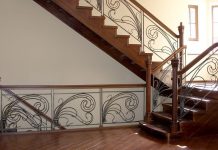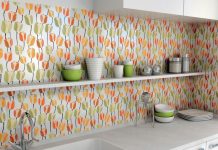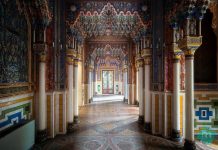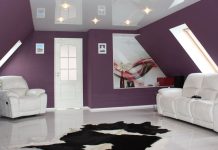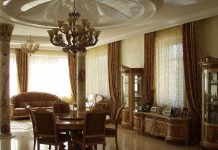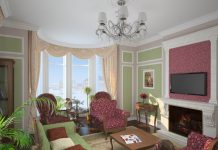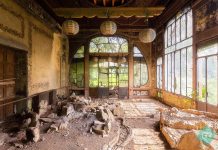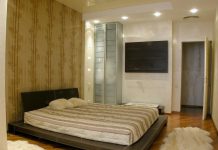When creating interior design, designers and architects pay most of their attention to the design of the walls.
It is good when the interior of the house corresponds to the lifestyle of its owners. Then it’s quiet in it. The techniques that are used for wall decoration are the same as centuries ago: tiles, wallpaper, plaster, painting. The technique is being improved, techniques are changing.
Wall painting is a classic that will not go out of fashion. It is only necessary to choose an option that will fit the budget.
ON A NOTE
Frescoes on the walls always distinguish elite housing. And if you are going to rent an elite cottage, then pay attention to the walls – there will certainly be frescoes or wall paintings made by master artists!
There are two types of decorative wall decoration with the help of painting: fresco and painting. Painting on canvas or a wooden panel, which is then glued to the wall. The fresco is made directly on the wall. Tempera paints came to replace oil paints, and then acrylic paints.
Murals are the most expensive, as they are the most difficult to create. The most inexpensive option is single-color stencil paintings. However, they, too, skillfully executed, will be able to give considerable luxury.
Designers do not recommend using human figures as wall decor – this is a psychological discomfort that may not be immediately felt. A win–win option is nature. Plots in the style of French Provence are always in fashion.
A family tree looks beautiful as a wall decor. It can fill a large area. The technique of illusory painting pushes the boundaries. There are a great many techniques that allow you to disguise flaws in a variety of ways or to beat the picturesque features of architecture.
Decorative plaster is a large part of the finishing materials. Using various techniques, you can achieve a variety of artistic effects. This is the possibility of performing textures imitating tree bark, natural stone, old parchment, wet silk, fabric, matting and reproducing images that resemble to the touch and externally. The limitless possibilities of this type of finish are complemented by ease of care – after finishing, the decorative surface is always lubricated with wax. Such a base can be washed with a rag, cleaned with various means (for example, washing powder).
In ancient Rome, they began to use marble dust instead of marble. This type of plaster was called Venetian. Thin-layer seamless marble remains the most durable and durable plaster.
In the decorative effect of such plasters, the basis of the light reflection of the components of the material is used.
Decorative plaster is an ideal solution for any walls. It hides all the flaws, is easily restored and is as stable as possible. Textured plasters are the most expensive. Cellulose fibers, granite and marble chips, quartz sand and other materials can be used as a filler.
From the point of view of fillers , there are two types:
– “liquid wallpaper” – danish plaster;
– plasters with colored crumbs (stone plaster, mosaic, granulate).
Stucco molding has been used more and more recently. The materials are diverse, as is the cost. Ceramic tiles are indispensable in the bathroom and kitchen. Mosaic is an exquisite solution for the use of ceramics and glass. Beaded wallpaper is a budget option that can go to the most expensive.




